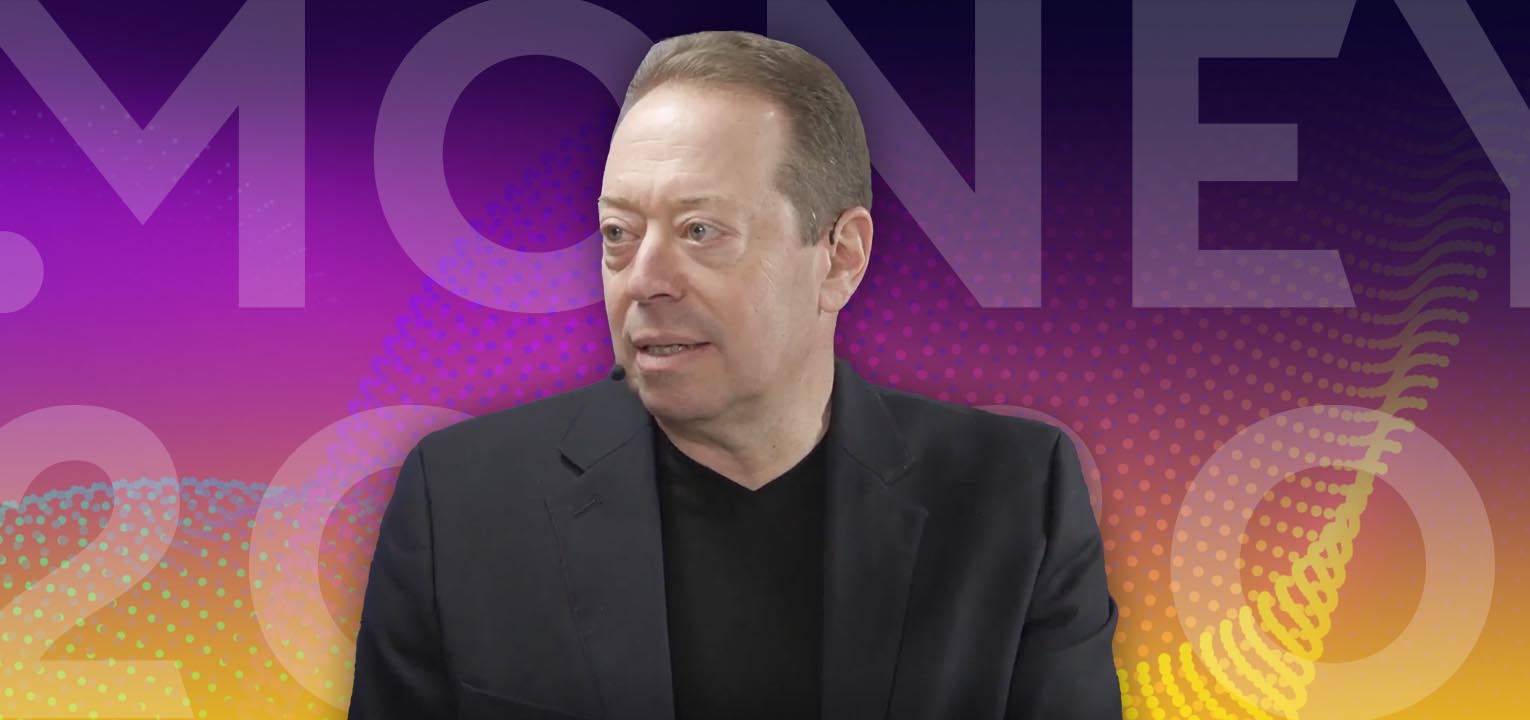August 11, 2022
How Technology Can Help Financial Services Organisations Reach Younger Generations

Smartphone apps, gamification and proactive support are some of the ways operators can engage the digital natives of today and tomorrow
Baby boomers might have a majority of global wealth today, but tomorrow it will be different. Indeed, by 2030, Europe’s younger generations – millennials and gen z – are due to inherit around £2.3 trillion from their parents, according to recent estimates. How can financial service operators cash in on this great wealth transfer?
In 2022, client-facing teams operating in the financial service industry can – and must – leverage technology to build meaningful relationships with younger generations who are digital natives.
Indeed, over a third (34%) of 18- to 34-year-olds would choose a different financial services provider if they were expected to visit a branch in person, according to VMware’s recent Digital Frontiers 4.0 report, which surveyed over 2,000 UK consumers.
Similarly, Marqeta’s 2022 Consumer Money Movement report reveals generational differences. Over half (54%) of gen z – born between 1997 and 2012 – can’t recall their PINs, and more than three-quarters (77%) feel confident enough with contactless payments to leave their wallets at home and just go out with their phones.
Consider a Chase study from 2021 indicated that 99% of gen z and 98% of Millennials use mobile banking apps, compared to 86.5% of gen x and 69.5% of Boomers.
“Younger markets live on their smartphones,” says Ben Johnson, CEO of digital transformation consultants BML Digital. “Everything needs to be available via the app, and the mobile experience has to match the ease of something like Snapchat or Pinterest.”
Prakash Pattni, managing director of financial services digital transformation in EMEA for IBM, agrees. “Ultimately, younger consumers want to access their accounts, lock missing cards, make virtual payments and transfer money to others swiftly and securely,” he says. “Financial institutions must develop easy-to-use applications with superior uptime that can easily integrate with other apps.”
Gamification and proactive support
How can financial services operators generate trust with younger generations? “Technology is the answer,” posits Somya Patnaik, a market product manager specialising in real-time payments at ACI Worldwide. “They must bring more innovative features that will engage young people and improve their consumer experience.”
Gamification in financial services is winning a lot of trust among young consumers, suggests Patnaik. So, for instance, insurance companies might build an app that tracks fitness activities against pre-agreed goals, which, if hit, unlock rewards like cheaper insurance or gym memberships. This insight chimes with George Ioannou, managing partner at experience design company Foolproof. Learning patterns around digital activities differ according to age. Where the older generations turn to Facebook for information, younger generations are growing up using gaming platforms such as Fortnite and Discord servers.
“This may speak to using gamified models of education within financial applications to facilitate learning, perhaps even in a sandbox, and therefore a safe environment,” says Ioannou.
Ioannou argues that technology enables financial services organisations to become more proactive in supporting customers, and younger generations want more advice about money matters now than ever. “Operators need to step up and actively educate their users,” he adds.
Research from Personetics, a global fintech, published at the end of June shows in the past three months only 22% of UK customers feel their primary bank has communicated with them about dealing with the cost-of-living crisis. Further, over half (53%) would consider moving banks if a rival offered better money management support and personalised advice.
Reliable source of truth
Financial education is now starting young. NatWest is currently offering a children’s pocket-money application for free to customers. “Last year, we acquired Rooster Money, a children’s prepaid debit card and app,” explains Fay Wood, head of acquisition and digital security authentication. “We wanted to do more in the space for children.”
She also stresses the importance of working with expert partners to provide access to apps at speed. “Five or ten years ago, we would have built something like Rooster Money in-house.”
Alongside proactive apps, social media is an invaluable tool for sales and marketing teams in the financial service industry looking to use tech to appeal to younger customers. Here, states Amanda Le Brocq, head of strategy at Marcus by Goldman Sachs, is where organisations can add value.
“Young people are increasingly getting financial information from social media platforms such as TikTok and Instagram,” she says. “But with so much content available, people can easily get the wrong information. Today, it is essential that financial services companies provide a compelling digital offering, so young people can consume content online and know it is coming from a reliable source.”
Operators wanting to engage younger customers must look further and deeper, says Meghana Nile, insurance CTO at Fujitsu. “Social media and peers influence a lot of the purchasing decisions, meaning financial services companies that have a reputation for having ethical and sustainable practices will attract buyers from gen z, who in 2030 will be the dominant purchasing demographic.”
Originally published on Raconteur by Oliver Pickup on August 2022: https://insights.raconteur.net/the-new-financial-services-client-experience
Want To See How Cognitive Banking and AI Can Transform Customer Engagement?
Request a Demo Now
Latest Posts

How to Monetize AI While Building Trust

Cognitive Banking, Primacy, and the New AI Playbook for Banks: Insights from Money 20/20

How to Prevent Churn & Grow Wallet Share: Bank Primacy Playbook

How to Maximize SaaS Value and Future-Proof Your Platform

Truist's Performance Marketing Journey: From Merger Challenges to Million-Dollar Results

How Asia Pacific Banks Are Redefining AI-Driven Engagement









